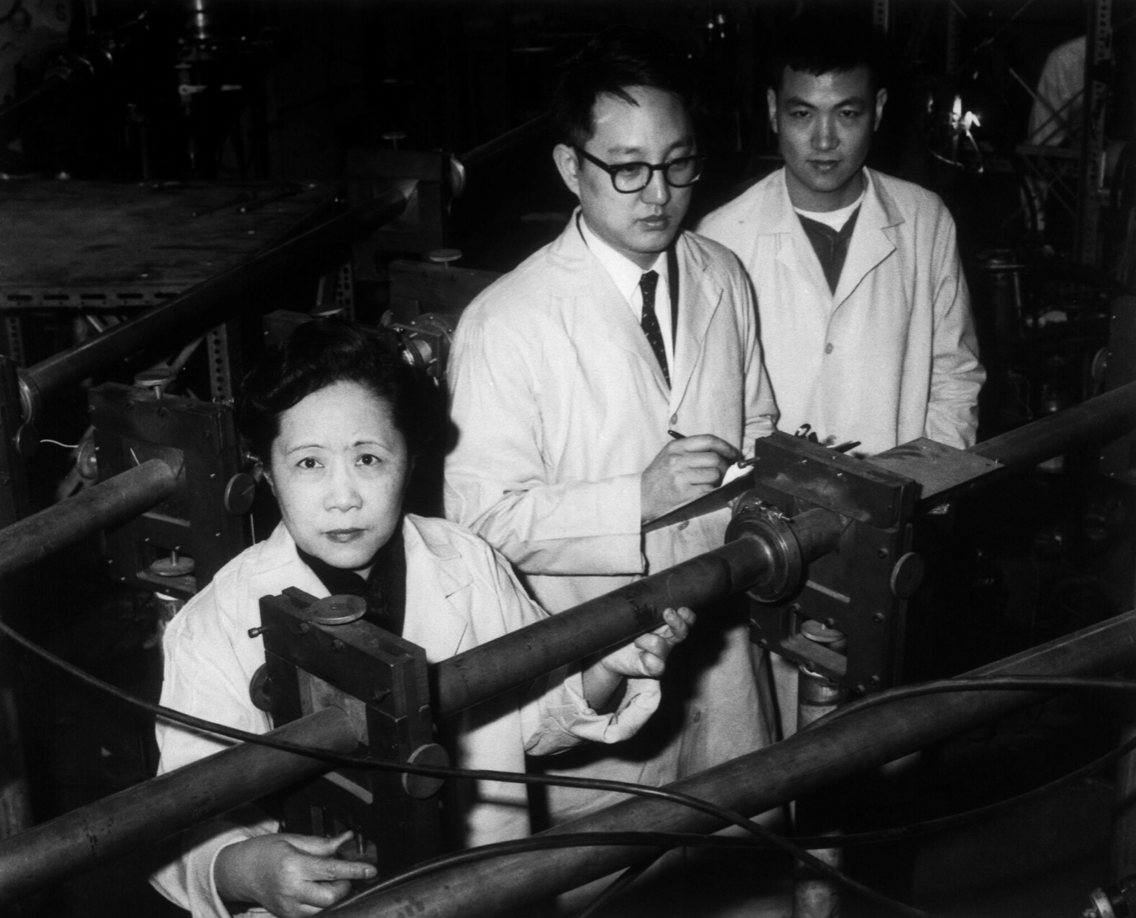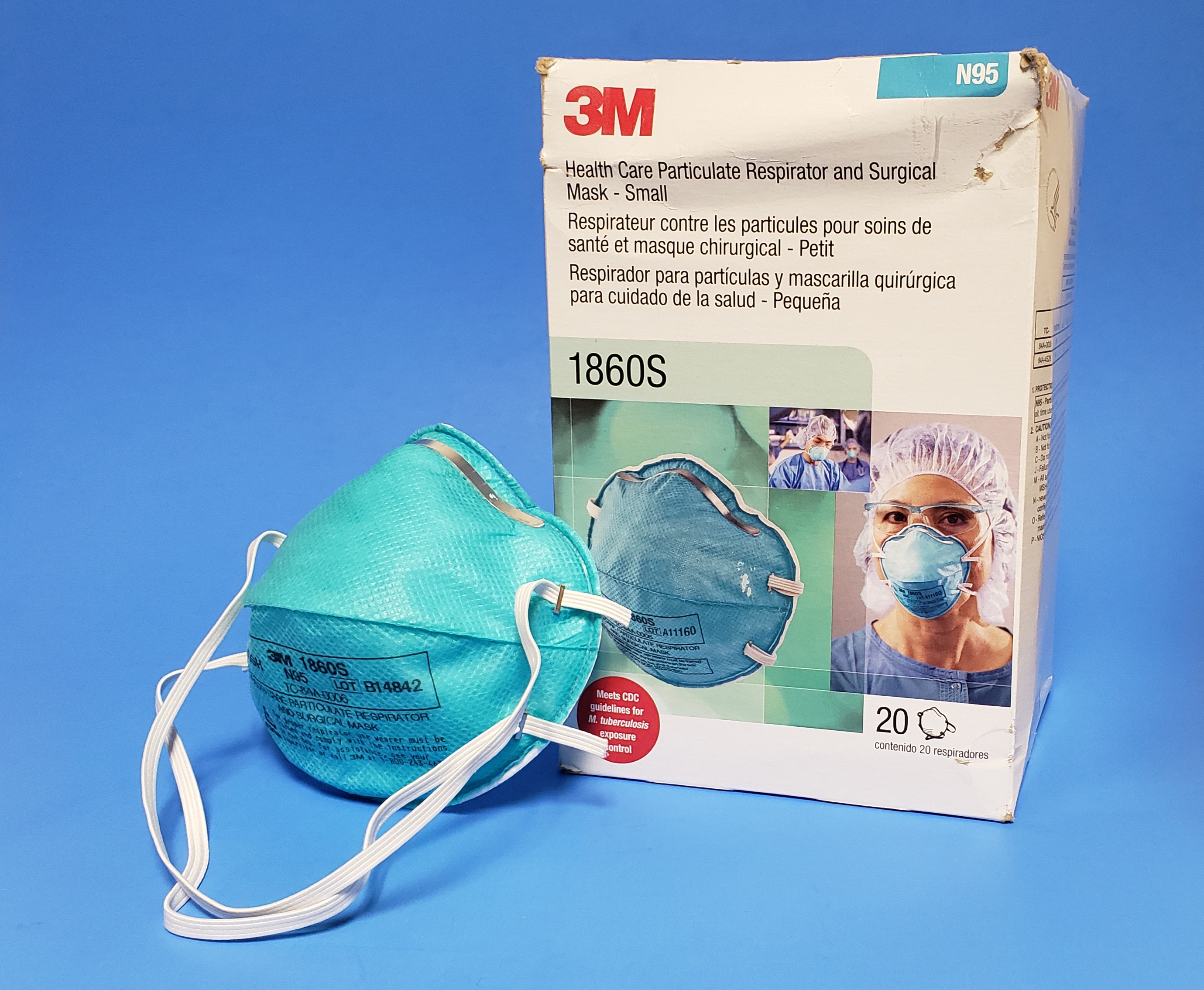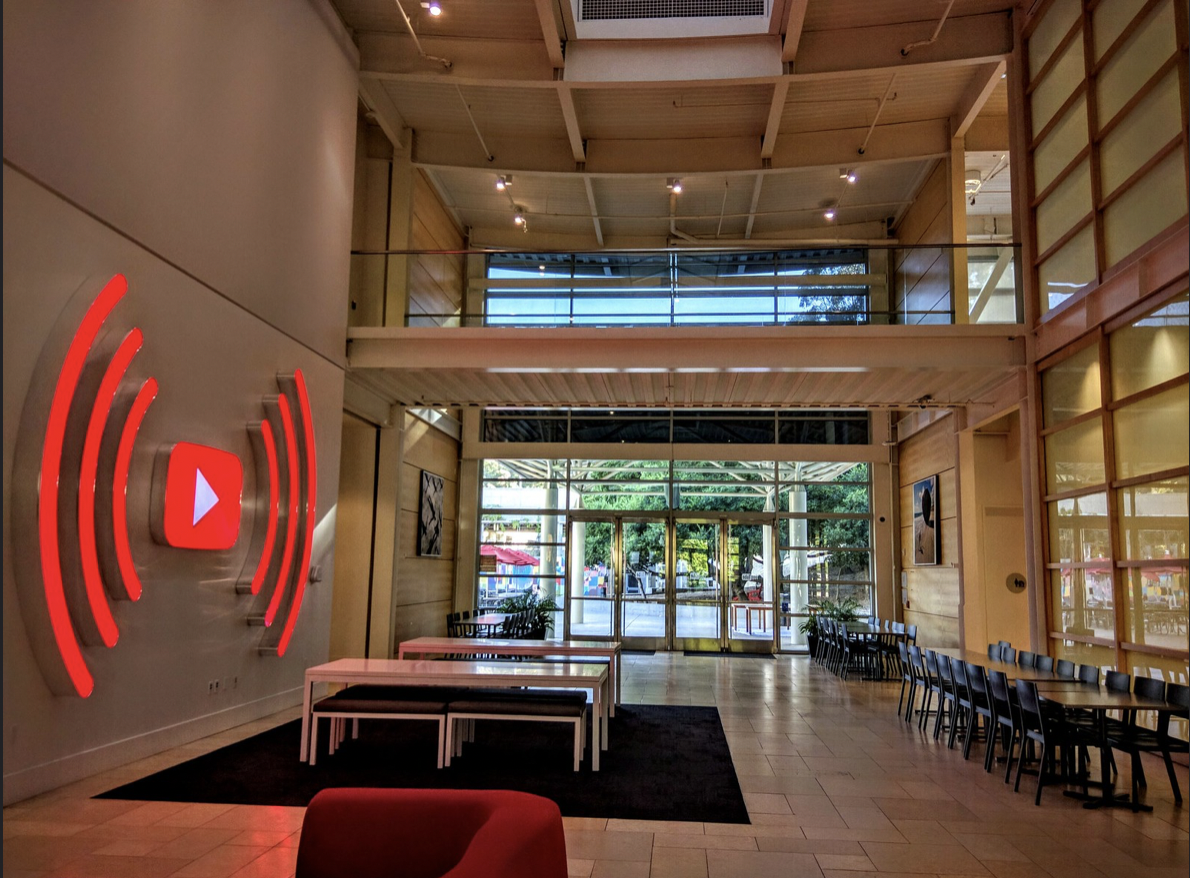6.6.2 - Chinese American Contributions to Science and Technology
Lesson Plan to Support Committee of 100's From Foundations to Frontiers:
Chinese American Contributions to the Fabric of America Report
The Asian American Education Project
All content is owned by The Asian American Education Project (AAEdu).
As such, users agree to attribute all work to The Asian American Education Project.
Chinese Americans have made many contributions to science and technology.
Credit: “Analysis Biochemistry Biologist” by Vika_Glitter via
Pixabay (Free for use under the Pixabay
Content License)
Source
Grade: 6-9Subject:
History, Social Science, English Language Arts
Number of Lessons/Activities: 4 + Extension Activities
In this lesson, students will learn about Chinese American innovators and leaders in the field of science and technology. Students will examine the vast array of contributions and innovations driven by Chinese Americans in medicine, healthcare, computer technology, biological sciences, and more.
Students will:
- Identify examples of Chinese American contributions to the field of science and technology
- Research Chinese American innovators and/or innovations in science and technology
Chinese American Contributions to Science and Technology Essay:
The Chinese immigrated to the United States for better jobs. But, they couldn’t get any job they wanted. Early Chinese immigrants faced
discriminatory policies and practices. They were denied training and education. They had limited access to jobs. They were excluded from various
industries. They mainly worked in mines, railroads, laundries, and restaurants. The work was hard and dangerous. The pay was low.
Things changed in the mid-20th century. The Chinese Exclusion Act was
repealed in 1943. A new immigration law was passed in 1965. This lifted immigration bans. It opened doors for Chinese immigrants. First, a large
influx of Chinese immigrants came to the United States. Some studied here. Many eventually became U.S. citizens. Second, post-1965 Chinese immigrants had more opportunities. They could enter
occupations across many
fields. They especially excelled in
STEM. STEM means Science, Technology, Engineering, and Math. Chinese American talent supported the
Space Race in the 20th century. They advanced medicine and healthcare. They helped build today’s high-tech businesses.
There are many notable Chinese Americans in STEM. For example, Chien-Shiung Wu (1912-1997) was known as the “Queen of
Nuclear Research.” She was also called, “The First Lady of
physics.” She was elected into the National Academy of Sciences. She became one of the first members of Chinese heritage. Today, one in 25 living members of these prestigious STEM academies is Chinese American. As such, large numbers of Chinese Americans are driving U.S. technological
innovations.
As of 2018, about 15% of Chinese Americans have jobs in STEM fields. Also, about one in 25 American graduates with a college degree in STEM is Chinese American.
Chinese Americans are a large part of the workforce in STEM fields. They have also founded and led companies. There are many examples. Jerry Yang (born 1968) co-founded Yahoo. Steve Chen (born 1978) co-founded YouTube. Eric Yuan (born 1970) founded Zoom.
Chinese Americans have also excelled in the business side of STEM. They have played an important role in connecting innovators with the
market. They changed how business was done. They created new ways of doing things. For example, Alfred Lin (born 1972)
invested in DoorDash. He helped the company grow. He changed the tech in the delivery industry. Another example is Yiqing “Pocket” Sun (born 1991). She focuses on female
entrepreneurs. Since 2017, she has invested over $3 million dollars in 19 companies.
Chinese Americans have also innovated the healthcare and medical fields. They have made global impacts. For example, Min Chue Chang (1908-1991) was a
biologist. In 1959, he successfully produced healthy rabbits in a lab. He became one of the first innovators in
In-Vitro Fertilization (IVF). He continued his work to help humans. Since 1978, more than 8 million babies have been born globally via IVF. About 1-2% of new births every year in the United States are through IVF. Another example is David Ho (born 1952). Ho is a
virologist. In the 1990s, he helped develop
combination antiretroviral therapy. This is a mix of drugs. It helped treat
HIV. Peter Tsai (born 1952) is yet another example. He is a
material scientist. He invented the
N95 respirator. This is a special mask. This mask has kept healthcare workers safe during the COVID-19
pandemic.
Chinese Americans have been and continue to be a major force in STEM.
*This text is an excerpt from the Committee of 100’s report entitled, “From Foundations to Frontiers: Chinese American Contributions to the Fabric of America.” It has been adapted for reading accessibility and clarity.
- Biologist: an expert in the study of living organisms, including plants and animals
- Combination Antiretroviral Therapy: a treatment that involves taking many medicines together to act against a specific type of virus or sickness
- Discriminatory: unjust treatment based on differences, especially categories such as ethnicity, age, sex, or disability
- Entrepreneur: a person who organizes, manages, and/or takes on the risks of a business in order to make a profit
- Fields: disciplines or areas of study
- Human Immunodeficiency Virus (HIV): a virus that attacks cells that help the body fight infection and sicknesses
- Fields: disciplines or areas of study
- Industries: specific areas of activity or interest, like job categories
- Influx: an arrival of large numbers of people or things
- Innovations: new ideas, methods, or devices
- Invest: to commit money in order to eventually make a profit
- In-Vitro Fertilization (IVF): a process where an egg is fertilized for pregnancy outside the body through a scientific procedure in a laboratory dish or test tube
- Market: the process of getting products or services to customers in order to eventually make profits
- Material Scientist: an expert in the study of making and using materials for real-world applications
- N95 respirator: a mask or protective device designed to achieve a very close facial fit and efficient filtration of airborne particles
- Nuclear: of or relating to the nucleus, or center, of atoms which are the fundamental composition of everything around us
- Pandemic: the worldwide spread of a new disease
- Repeal: to rescind or take back, usually by an authority
- Occupations: jobs
- Physics: a science that deals with matter and energy and their interactions
- Space Race: the name of the 1950s-1960s Cold War rivalry between the United States and the Soviet Union, where they competed in space exploration
- STEM: a term that means Science, Technology, Engineering, and Math
- Virologist: a branch of science that deals with viruses and viral diseases
- Why were early Chinese immigrants limited in their jobs and opportunities?
- How did Chinese Americans advance STEM in the United States?
- What were the effects of the repeal of the Chinese Exclusion Act in 1943 and the 1965 Immigration Act?
- Who are some of the scientists mentioned in the text? Why were these scientists specifically mentioned?
Steve Chen was one of the YouTube co-founders. This is a picture of YouTube headquarters in San Bruno, CA.
Credit: “Youtube” by Travis Wise via
Flickr (
CC BY 2.0)
Source
Activity 1: Introduction to History of Chinese Americans in Science and Technology (Suggested Time: 20 minutes)
- Have students work in small groups and make a list of all the “science and technology” that they use in their daily lives.
- Have students share some of their ideas with the whole class and record student responses on the board.
- Ask students: “What patterns do you see? What categories emerge?”
- Have students develop a definition of “science and technology” based on analysis of student responses.
- Record definition and display for all to see.
- Tell students: “Asian Americans have made significant contributions to science and technology. However, their contributions as well as the contributions of people of color are often underappreciated or unacknowledged in the United States, regardless of how significant or impactful those contributions may be or have been.”
- Ask students: “Why do you think this is the case?”
- Tell students that Chinese Americans faced great discrimination with the Chinese Exclusion Act of 1882, which banned the Chinese from immigrating to the United States for decades.
- Have students watch the video entitled, “Chinese Exclusion Act and the Exclusion of Asians Pacific Islanders and Chinese Women.”
- Ask students: “What type of discrimination did the Chinese face? How might such discrimination affect the Chinese immigrants’ opportunities and abilities to succeed in the United States?”
- Tell students that new laws in 1943 and 1965 changed things for Asian immigrants as it repealed the exclusionary policies of the 1882 act.
- Have students watch the video entitled, “Immigration and Nationality Act of 1965 Civil Rights Movement Era.”
- Ask students: “What was the result of the 1965 act? Why is the preference for highly skilled and educated immigrants significant?”
- Ask students: “How do you see laws and policies affecting the experiences and contributions of immigrants such as the Chinese?”
- Tell students that they will be learning more about Chinese American contributions to science and technology.

Biologist Dr. Min Chue Chang was one of the first innovators in In-Vitro Fertilization (IVF) technology.
Credit: US Government Owned Photo, Public domain, via
Wikimedia Commons
Source
Activity 2: Chinese Americans in Science and Tech (Suggested time: 60 minutes)
- Have students read the essay. Consider the following options:
- OPTION 1: Have students read the essay independently either for homework or during class time.
- OPTION 2: Read aloud the essay and model annotating.
- OPTION 3: Have students read aloud in pairs or small groups.
- Facilitate a class discussion by asking the following questions:
- Why were early Chinese immigrants limited in their jobs and opportunities?
- How did Chinese Americans advance STEM in the United States?
- What were the effects of the repeal of the Chinese Exclusion Act in 1943 and the 1965 Immigration Act?
- Who are some of the scientists mentioned in the text? Why were these scientists specifically mentioned?
- Have students identify the main idea or theme of the text.
- Have students identify at least three examples from the text that support this main idea or theme.
- Facilitate a class discussion by asking the following questions:
- What are some statistics mentioned in the text?
- How do these statistics support the main idea or theme of the text?
- What do the statistics reveal about the Chinese American experience?
- Distribute the Fact Sheet entitled, “Chinese Americans in Science and Tech” to students.
- Have students read each fact listed in the left column.
- Have students write a summary (in their own words) and/or reflection of each fact in the right column.
- Ask students: “What is the significance of these data points?”
- Have students select one of the facts and create a data visualization (i.e., pie chart, bar graph, etc.) of that fact. Encourage students to do additional research.

Dr. Chien-Shiung Wu conducting experiments with her associates Dr. Y.K. Lee and L. W. Mo. Dr. Wu was known as the “Queen of Nuclear Research” and “The First Lady of Physics.”
Credit:"BE055449" by Sabatu via Flickr (Public Domain Image)
Source
Activity 3: Researching Chinese Americans in STEM (Suggested time per Option: 60 minutes)
Teachers can have students complete one or more of the following options:
- OPTION 1: Have students select, research, and create a profile of a Chinese American who has contributed to the field of science and technology. Profiles should include: (1) biographical information on the individual, (2) most widely-recognized contributions, and (3) impact of contributions.
- Display the profiles around the room and host a Gallery Walk, allowing students an opportunity to view each profile.
- Facilitate a discussion by asking students the following questions:
- What are the similarities between all the scientists?
- What are the differences between the scientists? What accounts for these differences?
- What barriers did the scientists face?
- What problems did the scientists solve?
- OPTION 2: Have students select and research an innovation created by a Chinese American in science and technology.
- Have students create a visual of the innovation (i.e., poster, model, etc.).
- Have students write a report including the following: (1) description of the innovation, (2) purpose of the innovation, (3) impact or significance of the innovation, and (4) problem solved by the innovation.
- Display the visuals around the room and host a Gallery Walk, allowing students an opportunity to view each visual.
- Facilitate a discussion by asking students the following questions:
- What are the similarities between the innovations?
- What are the differences between the innovations? What accounts for these differences?
- Why are these innovations significant?

N95 respirators invented by Peter Tsai are used by healthcare professionals everywhere, especially during the COVID-19 pandemic.
Credit:"1860S-Cropped" by Intropin (Mark Oniffrey) via Wikimedia Commons (
CC BY-SA 4.0)
Source
Activity 4: The Impact of Chinese Americans in STEM (Suggested time: 60 minutes)
- Have students write a report given this first sentence/main idea: “Chinese Americans have been and continue to be a major force in STEM.”
- Have students include three examples that support the main idea and tell them they cannot use the examples given in the text.
- Encourage students to use examples from the Gallery Walk to support their thinking.
- Facilitate a discussion by asking the following questions:
- How do the scientific and technological contributions of Chinese Americans show up in our daily lives?
- Why is it important to recognize the contributions of Chinese Americans?
Extension Activities (Suggested time per Option: 30- 60 minutes)
- Have students read the chapter about Chien-Shiung Wu in Born Reading: 20 Stories of Women Reading Their Way Into History by Kathleen Krull and Virginia Loh-Hagan (Simon & Schuster/Paula Wiseman Books, 2023). Have students discuss what more they learned about Wu from this text. Have them research another Chinese American scientist and write a profile using this chapter as a mentor text.
- Have students work in small groups to identify at least ten technology tools they use on a regular basis.
- Have them research the creators behind each tool.
- Have students create a pie graph of the ethnic backgrounds of the creators and discuss the results.
- Coordinate a field trip to your local science museum and have students notice whether Chinese Americans and/or Chinese American contributions were included in any of the exhibits.
- Have students make note of these exhibits.
- Discuss the inclusion or exclusion of Chinese American contributions and what they would include in the museum based on their learnings from this lesson.
- Have students read and discuss the article entitled, “The Real Problem When It Comes to Diversity and Asian-Americans.”
- Discuss the Model Minority Myth and analyze how this stereotype impacts Chinese Americans and other Asian Americans.
- Ask students to consider the negative impact of the myth in the context of the contributions by Chinese Americans that they have learned about in this lesson.
- Discuss how both achievement and marginalization can be consequences of the stereotype.
- Have students conduct a survey of their peers in other classes, families, neighbors, etc.
- Have them collect information on their knowledge of Chinese American contributions to science and technology.
- Have them generate their own questions and use their survey results to write a short paper explaining the results and to what extent the results demonstrate a recognition or lack of recognition of Chinese American contributions to the field.
- Have students read the article entitled, “Op-Ed: The quandary of U.S.-trained Chinese scientists: Stay or leave?”
- Explain what an Op-Ed is.
- Have students identify the author’s claim and supporting evidence.
- Facilitate a discussion by asking students: “Do you agree or disagree with the author’s claim? Why or why not?”
- Have students learn about the American Women QuartersTM Program.
- Have them select a Chinese American woman in science and tech who should be honored on the quarter.
- Have them write a persuasive letter to the The United States Mint, the Smithsonian Institution’s American Women’s History Initiative (SIWHI), and the National Women’s History Museum (NWHM) advocating to honor the Chinese American woman innovator.
Additional Fictional Resources
- Clues to the Universe by Christina Li (Quill Tree Books, 2022) - Have students discuss why the author chose to set this book in the 1980s with multiple space shuttle launches and examine the impact of this choice on the narrative. Have students research rocket launches and explore STEM projects from NASA’s Jet Propulsion Laboratory.
- Danny Chung Sums It Up by Maisie Chan and Natelle Quek (Harry N. Abrams, 2021) - Have students discuss how the author uses Danny’s and Nai Nai’s attitudes toward math to either subvert or reinforce stereotypes. Have students write about the roles of math and art in building their relationship.
- We Dream of Space by Erin Entrada Kelly (Greenwillow Books, 2022) - Have students discuss how the themes of space and astronomy unites the Nelson Thomas children. Have them make connections to the role of Chinese Americans in space exploration. Have students research Asian Americans who played important parts in the Challenger launch.





